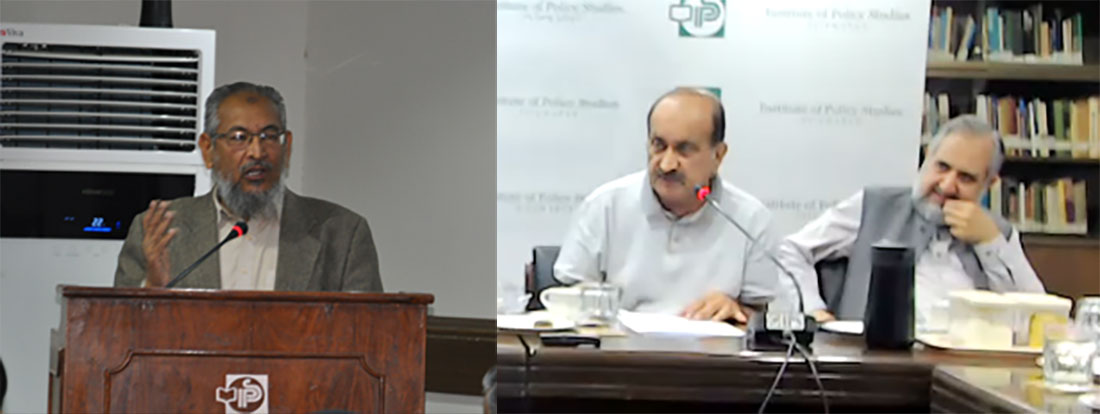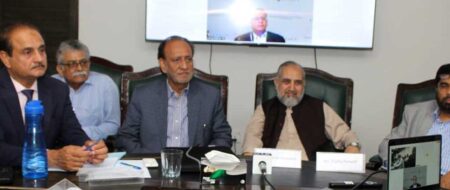Only a self-sustainable budget can pay off Pakistan’s debts: Experts
The upcoming budget for FY 2023-24 appears to be a deficit budget as there are fewer resources and greater demands. As only a self-sustainable budget can pay off Pakistan’s debts and overcome the intransigent character of major challenges, the government must adopt a self-sustainable approach in budget-making rather than relying on loans.
This was the view of various economic experts who participated in an in-house session at the Institute of Policy Studies (IPS) on May 24, 2023, which was organized to gain insights into the budget for the next financial year.
Pakistan is currently facing the biggest challenge to its growth model. Apart from flat GDP growth, IMF conditionalities, 37% inflation rate, balance of payments crisis, excessive import compression, export industry constraints, employment crisis, and unpredictable exchange rate have made budget-making a tough exercise.
Not only this, managing external financing and low inflows has become a challenge as Pakistan has to pay $3.7 billion by June while the State Bank only has reserves of $4 billion. Without inflows, there can be no increase in reserves. While there are more structural problems, there is a need for structural reforms.
Currently the debt trap and challenge of debt servicing have stifled economic progress. The speakers criticized the government for using the strategy of raising interest rates to combat cost-pull inflation, arguing that this approach is ineffective in combating inflation. They suggested that privatization can result in fewer burdens and more competitive markets and emphasized the need for investments in the social and public sectors to generate revenue.
These challenges are a result of policy flaws as the decisions are not made on any cost-benefit analysis or research-based findings. Pakistan’s budget strategy must be one of self-sustainability. There has been a lack of policy and planning for the country’s major assets like agriculture, textile, and youth. As a result, agriculture exports are declining, the textile industry has become less competitive, and youth as an asset has always been unmanageable for the government.
In addition to agriculture and material exports, the potential to expand monetary inflows from remittances and tourists is enormous. With proper planning and policy, they can be a big source of reducing financing problems and circular debt.












